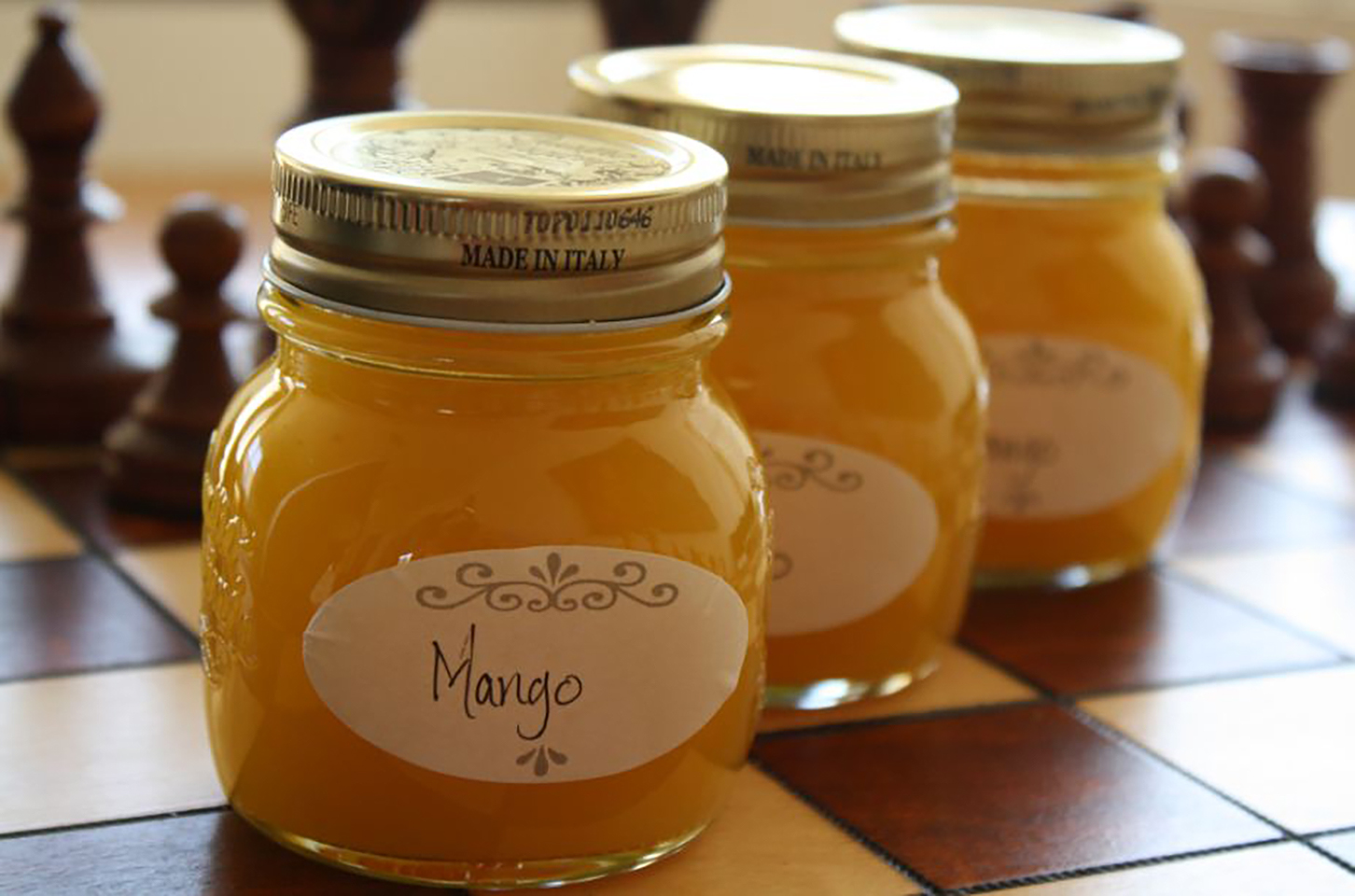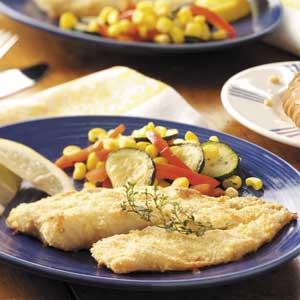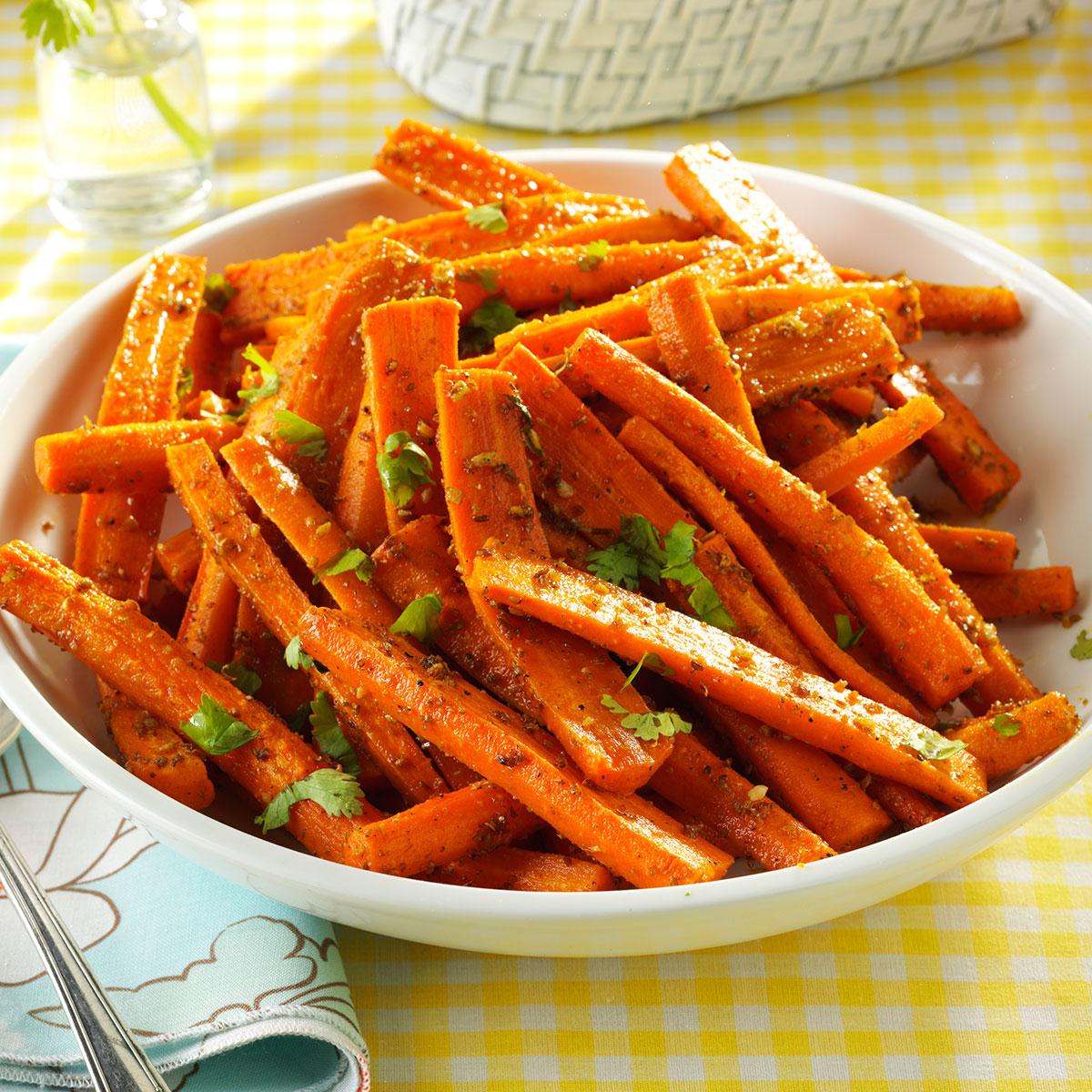Indulge in a delightful journey of flavors with our curated collection of mango and orange jam recipes. These vibrant and tangy preserves capture the essence of tropical sunshine, bringing a burst of sweetness and a hint of citrus to your breakfast table, afternoon tea, or culinary creations. Explore the classic mango-orange jam recipe, a timeless blend that combines the juicy sweetness of mangoes with the zesty brightness of oranges. Discover variations that incorporate unique ingredients like ginger, chili, and cardamom, adding layers of complexity and warmth to the traditional recipe. Learn how to make a no-pectin mango-orange jam, a pectin-free alternative that relies on the natural pectin in fruits for a delightful texture. Experiment with a low-sugar mango-orange jam, a healthier option that maintains the vibrant flavors while reducing added sugar. Prepare a batch of mango-orange marmalade, a luscious spread with a distinct citrusy character, perfect for pairing with toast, scones, or crackers. Embark on a culinary adventure as you explore these diverse mango-orange jam recipes, each offering a unique taste experience to tantalize your palate and elevate your culinary repertoire.
Let's cook with our recipes!
MANGO ORANGE MARMALADE
A perfect marriage of the two--a most delightful, fruity, tropical jam with a citrusy tang.
Categories Canning and Preserving Jellies and Jams Fruit
Time 1h
Yield 36
Number Of Ingredients 18
Steps:
- Prerequisites: You will need to have on hand (12)twelve/125ml, OR (6)six/250ml, clean canning jars and new, two-piece lids. You will also need a pot large enough to hold a rack and (some of) the jars, allowing for one inch of water above the jars, and tongs to lift the jars into and out of the boiling water. Getting all this in place ahead of time is the key to it being non-stressful. If your pot isn't large enough to hold all the jars, you just repeat the canning process until all are done. Also, if you've never canned before, you might wish to 'google': 'how to prepare jars for canning and boiling water processing' and review the recommendations. Proper sealing is essential! Step One: Assemble your orange, mango, orange peel, sugar, salt, lime or lemon juice, and liquid pectin (unopened). Get your large lidded pot, with bottom-fitting rack, full of water and on the stove. Wash your jars and place them in the pot, on top of the rack, so that 1" of water is above them. Put the lid on and let it come to the boil (you can do other things while this is happening--once boiling, turn it off, or let it gently simmer). Put your washed jar lids into a small pan and cover them with water, and they will need to be brought to nearly boiling just before canning. Stack the strips of orange peel on top of one another, and holding them firmly in place, take a chef's knife and slice them into julienne strips (slivers). Place the slivered peel in a little saucepan with 1 cup water and 1/8th teaspoon of baking soda. Bring to the boil and set a timer to 20 minutes; meanwhile, Carefully cut the pith and remaining peel off the orange and quarter the flesh, again removing the pith from the center, slicing the flesh into very small pieces. Put them into a 4 cup measuring cup. You are looking to have 3 cups of fruit, including slivered peel; Peel the ripe mangos. A vegetable peeler works well if you go s l o w l y. Slide knife down the flat side of the pit and remove the flesh--then repeat on the other side. Cut the mango flesh into very small pieces and add them to the orange; Check on your boiling orange peel, and after twenty minutes, strain water out and add the peel to the mangos and orange, looking to see there are 3 cups of fruit. If there's slightly less or more, that's alright-- Measure five cups of sugar into a fairly large, heavy pot. Add the salt, then the fruit, and finally, the lime juice. [At this point you may add the yellow food coloring. It is totally unnecessary, of course, but it just enhances the color overall to a gorgeous golden hue]; Heat your ingredients quite rapidly to boiling while stirring continuously. Now, be careful not to stir too vigorously, or a foam will appear--one you may need to skim off. Once brought to the boil, remove the pot from the heat and let stand for fifteen (15) minutes. This is a good time to heat your jar lids to near boiling, then turn off and keep hot--at the same time, get your jars to the boiling point as well; Reheat marmalade to boiling, then open and add your liquid pectin. Let it all come back to boiling, and let it gently boil, while stirring constantly for five whole minutes. Then turn it off and let it sit. If need be, skim the foam. It is totally edible, but prize-winning jams are foamless. I use the foam for our home use; Turn your attention to the canning process: make sure your jars are in boiling hot, but calm water--and make sure the lids are in almost-boiling water. Place a rack next to your marmalade mixture; With tongs, lift out one jar and empty it of water, and bring it over to the rack next to your marmalade mix. Using a ladle, stir into the mix and begin filling your jar, leaving about 1" of air below the rim. With a toothpick, or plastic knife, eliminate any bubbles on the surface, and using a clean cloth, wipe the rim free of any jam; Place lid cover on rim and screw the rest on gently, (not tightly) and return the filled jar to the boiling water using your tongs. Fill and seal each of the jars in this way, until they are all sitting on the rack in your large, boiling-water pot; Make sure there is at least 1" of water above your sealed jars. Put the lid on the pot and bring the water to the boil, and then boil it all for ten minutes; After ten minutes of continuous boiling, carefully lift each jar out and onto a rack. Listen carefully for the sound of the lid vacuum-sealing when it hits the cool air--it is a little popping sound as the lid warps inwardly. EACH JAR MUST WARP INWARDLY AND MAKE THIS LITTLE SOUND or it possibly didn't vacuum seal properly. Crouch down and examine each lid. If each is slightly indented, it is vacuum-sealed and can be stored for several months on a shelf, no problem. If you have any question about one of them, open it up, make sure there's a good 1" of air below the clean rim, reseal, reboil, and listen again for the sound of the lid indenting. Screw your lids on more tightly; Finish all your jars in this way. Just place remaining empty jars in the water bath, boiling for a few minutes until sterile, filling them with marmalade, and processing as above; Label your jars and include a date on the label so your friends know when it was processed. Once you've done this recipe, you will see that your next batch goes along more quickly--and you'll feel like a canning expert! [one final note: it is always better to make 2 batches than to attempt to double this recipe.] A last word--yes, there are many steps involved. It's nice to have a helper. This involves a morning or evening, when the weather is yuck, and you have something to sip as you go. It is NEVER fun if you are stressed by other commitments, or bothered by a constantly ringing phone. This is a lazy day activity.
Nutrition Facts :
MANGO JAM

Mango Jam can be made with any variety of mangoes. Semi-ripe mangoes work best, but either raw or ripe mangoes may be used.
Provided by RADHIKA GHATAGE
Categories Side Dish Sauces and Condiments Recipes Canning and Preserving Recipes Jams and Jellies Recipes
Time 1h
Yield 24
Number Of Ingredients 4
Steps:
- Boil, steam, or microwave the whole mangoes until soft. Cool, then remove the peel and inner seed; place the mango pulp in a large bowl. Use a fork or potato masher to mash the pulp well.
- Place the sugar and water in a large saucepan over low heat, stir mixture, and bring to a boil. When mixture begins boiling, increase heat to medium-high. Continue boiling until fine, soft threads form, 270 degrees F (135 degrees C). Stir in the mango pulp, add the saffron threads, if desired, and boil until the mixture thickens, about 5 minutes.
- Pour cooked jam into sterilized jars and seal according to canning directions.
Nutrition Facts : Calories 73 calories, Carbohydrate 18.9 g, Fat 0.1 g, Fiber 0.7 g, Protein 0.2 g, Sodium 1 mg, Sugar 18.1 g
Tips:
- Use ripe mangoes and oranges for the best flavor.
- If you don't have a candy thermometer, you can test the jam by placing a small amount on a cold plate. If it wrinkles when you push it with your finger, it is ready.
- Store the jam in a clean glass jar in the refrigerator for up to 2 weeks.
- You can use this jam on toast, pancakes, waffles, or ice cream.
- You can also use it as a filling for pies, tarts, and pastries.
Conclusion:
Mango orange jam is a delicious and versatile condiment that can be enjoyed in many ways. It is easy to make and can be made with just a few simple ingredients. With its bright flavor and vibrant color, mango orange jam is sure to be a hit with everyone who tries it.
Are you curently on diet or you just want to control your food's nutritions, ingredients? We will help you find recipes by cooking method, nutrition, ingredients...
Check it out »
#30-minutes-or-less #time-to-make #course #main-ingredient #cuisine #preparation #occasion #north-american #south-west-pacific #jams-and-preserves #sauces #canning #condiments-etc #fruit #american #easy #fall #holiday-event #kid-friendly #vegetarian #dietary #christmas #seasonal #oamc-freezer-make-ahead #midwestern #sweet-sauces #citrus #oranges #tropical-fruit #mango #number-of-servings #technique
You'll also love












